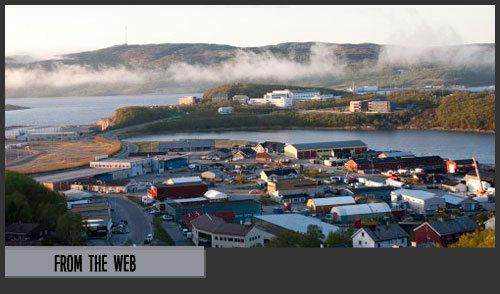BERKELEY, California—A group of eager writers attending the World Conference of Science Journalists 2017 stood on an upper platform at Berkeley’s Advanced Light Source (ALS) research lab. Under their feet, electrons raced at nearly the speed of light. Overhead, an iconic domed ceiling—the same ceiling under which Nobel laureate and nuclear scientist Ernest Lawrence invented the cyclotron—endowed a jumbled space full of laboratory pipes and instruments with the airy feel of a giant atrium.
As the journalists enjoyed their visit to Lawrence Berkeley National Laboratory on 29 October, magnets steered groups of electrons around a giant circle, 200 meters in circumference, and released light at 40 different openings. “Think of the electrons as cars with their headlights on,” said physicist Roger Falcone, director of ALS. “As they drive around, flashes of light come out each of those ports.”
Peering into molecules
At the ends of each of the 40 light beams—in a range of wavelengths spanning the electromagnetic spectrum from infrared to both soft and hard X-rays—instruments perform experiments that depend on this constant flow of electrons. The relentless light penetrates materials and allows scientists to study the atoms and molecules inside. Each beam can be tuned to a different wavelength to reveal a particular element or molecule. Scientists use the beams to study everything from how the crystallographic structure of a new polymer reflects light rays to how a bacterium breathes in the absence of oxygen.

